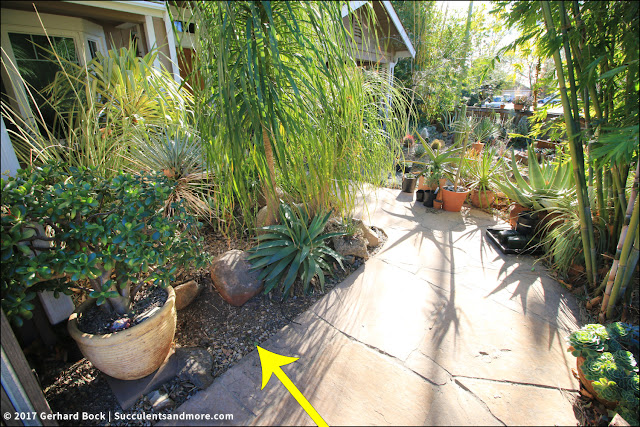Index: December 2017 trip to Southern California

Below are all the posts about my December 2017 trip to Southern California. Sherman Gardens OVERVIEW POSTS My 1,000 mile Southern California succulent adventure Of course I'm buying plants on my trip! DETAILED POSTS Piece of Eden truly is a slice of paradise (part 1) Piece of Eden truly is a slice of paradise (part 2) Kay's garden: hillside haven for succulents and bromeliads Roger's Gardens: what a nursery should be Sherman Gardens: home of the world's most famous succulent mosaic Visiting Kris of Late to the Garden Party South Coast Botanic Garden: new life on top of a landfill MANY MORE TO COME!












































